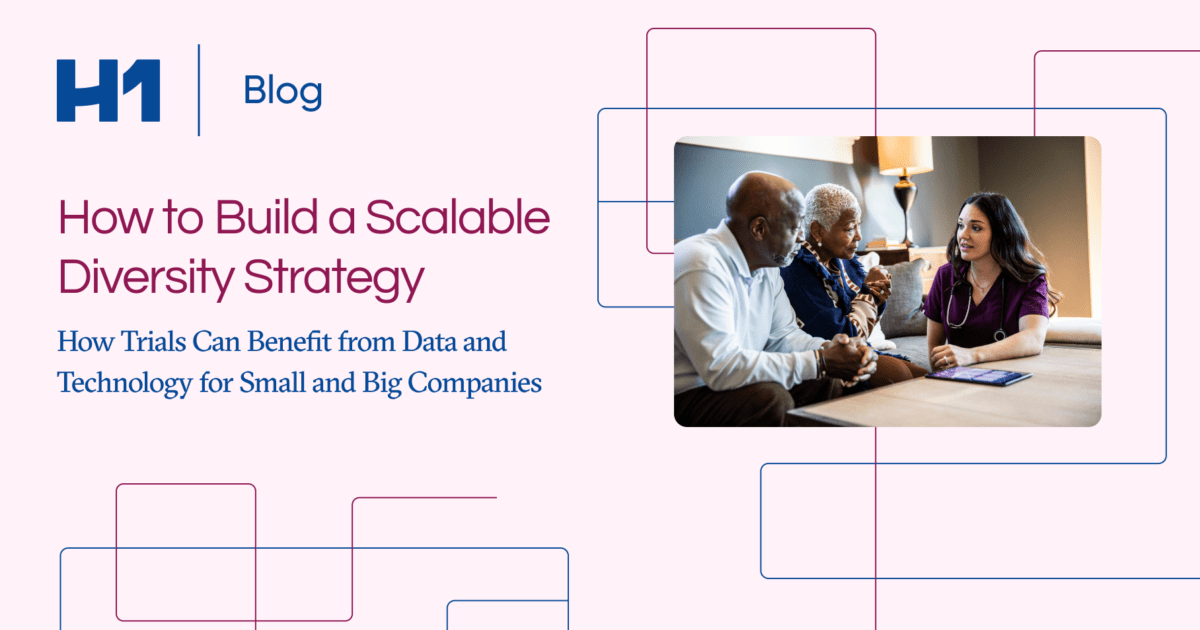Best-Fit Sites for Clinical Trials

Four Considerations for Investigator, Patient Population, & Site Selection
When evaluating the feasibility of a clinical trial, it’s essential to consider what success means. This can mean defining criteria for your patient population, principal investigator (PI) qualifications, and site selection criteria.
However, in today’s highly competitive clinical trials landscape, pharma, biotech, and clinical feasibility, and operations teams must go beyond these core considerations to accurately assess a trial’s potential.
With access to indication level diversity data of the intended patient population and deeper insights into social determinants of health factors (SDOH), teams can now identify the best-fit sites and PIs.
Having access to accurate data insights through technology solutions like AI, data platforms, predictive analytics tools or machine learning algorithms, enables teams to make better-informed decisions.
This is especially helpful during the site selection and trial feasibility process in order to optimize trial timelines and to achieve faster and higher success rates compared to the more traditional methods involving manual labor like desk research.
Desk research & collating data from various sources can be reduced by 5-8 hours per week with a 25% increased site and PI selection pool, thereby cutting down on timeline delays & ensuring projects are completed within budget allocated resources.
Here are four useful considerations when uncovering the right sites for your trial:
 Principal Investigator (PI)
Principal Investigator (PI)
When evaluating potential sites for a clinical trial, it’s important to identify the right PIs and consider which locations they are affiliated with. Teams should consider the investigator’s past history in the therapeutic area and his/her expertise and the type of patients and speciality they treat; their geographic location and that of their patients, their availability, and any potential conflicts of interest.
 Patient Populations
Patient Populations
It is essential to identify and assess the patient population you are planning to include, demographics and their access to care when selecting trial sites. Teams must analyze data points such as age, gender, ethnicity, geographies and SDOH factors to accurately understand patient populations across potential sites.
 Site Selection
Site Selection
Teams must optimize their site selection processes based on patient access, investigator affiliations, trial experience and the clinical staff, in order to achieve successful clinical trial outcomes. To do this effectively, teams must consider various factors such as geographic location of sites relative to other sites as well as site capacity constraints due to multiple competing studies in order to ensure sufficient sample sizes for statistical analyses.
 Technology & Data Solutions
Technology & Data Solutions
To expedite the process of uncovering best-fit sites for clinical trials while achieving better success rates with fewer resources required, pharma, biotech and clinical feasibility, and operations teams should leverage technology solutions that enable them to collect data from various sources. Data can provide valuable insights into patient engagement levels and access to quality healthcare services which are integral for successful clinical trials outcomes.
To learn more about data empowered clinical trials, schedule a demo.

 HCP Universe
HCP Universe Trial Landscape
Trial Landscape